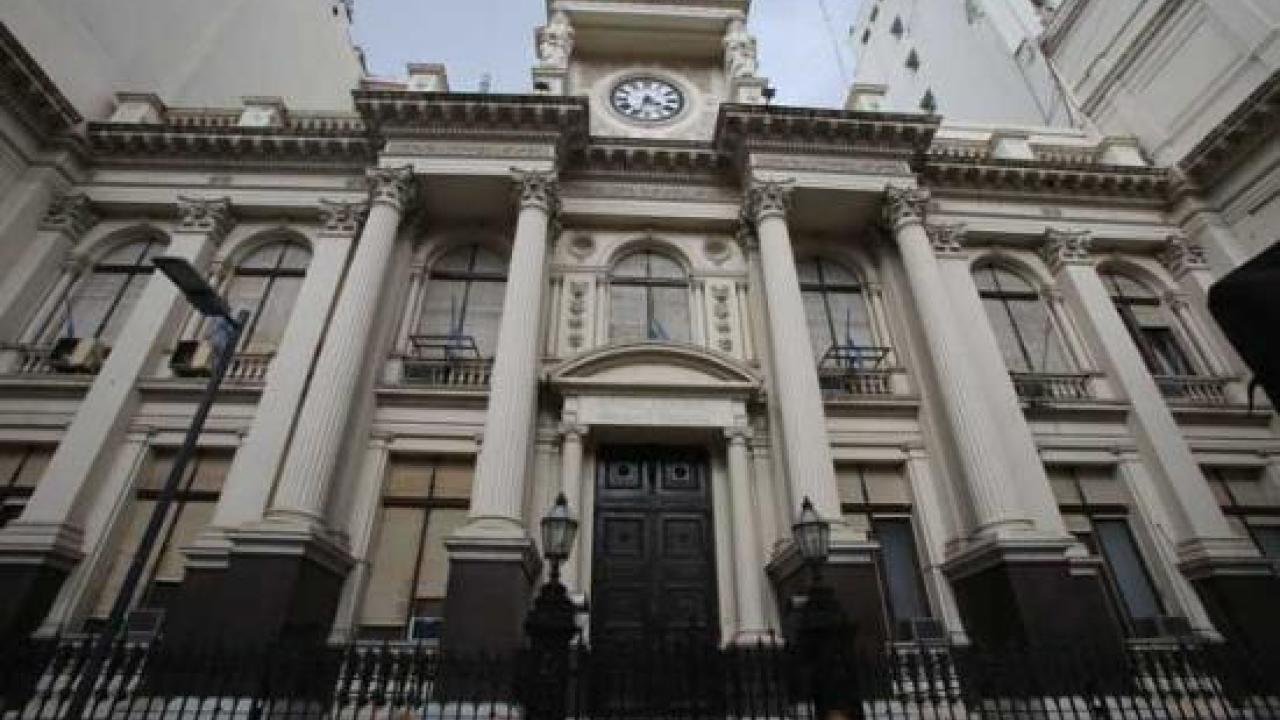
"We got rid of an aberration that should never have existed. (…) We've liberalized the foreign exchange market, just as we had promised, and without political speculation," President Javier Milei celebrated.
After almost 15 years, Argentina experienced its first day without a currency exchange control yesterday.
In detail, this was the name given to the cumbersome tangle of restrictions on buying dollars.
And in fact, over the years, restrictions on foreign currency for travel and transfers abroad were tightened, heavy additional taxes were imposed on credit card purchases abroad, and requirements for purchasing dollars multiplied.
"We got rid of an aberration that should never have existed. (…) We've liberalized the foreign exchange market, just as we had promised, and without political speculation," President Javier Milei celebrated.
The end of the currency controls in Argentina. Will this affect Chileans' travel?
Will the end of the exchange rate controls in the neighboring country affect Chileans—for better or worse—when they travel there?
María Eugenia Delfino, a professor at the ESE Business School of the Universidad de los Andes (UANDES), explained that the big difference will be that it will be possible to sell dollars at a banking institution and not necessarily through the parallel or informal market through which the blue dollar is traded.
"I think that, in that sense, as a foreigner, you're going to feel a little more comfortable knowing that there's going to be a single exchange rate and that you're going to be able to trade freely at any institution," he commented.
The academic explained that the blue dollar in Argentina is currently trading at $1,300-$1,350; and the official dollar (yesterday) was at $1,190, $1,200, or $1,250, depending on the type of bank.
Therefore, for the expert, "what will happen at some point will be a stabilization, which will be within the values proposed by the Argentine government, that is, between $1,000 and $1,400."
Under these terms, the specialist maintained that, in her opinion, "in the short and medium term," Chileans traveling to the neighboring country will not perceive major changes, "unless the exchange rate slightly affects imports and exports, and there is an improvement in foreign trade, and that somehow impacts local prices."
DOLLARS IN ARGENTINA
Argentina once had a “dollar menu.”
The most well-known? The "savings" or "solidarity" dollar, which was the official exchange rate with additional taxes; the "card" or "tourist" dollar, for card purchases abroad or services like Netflix; or the "soybean dollar," the official exchange rate for settling soybean exports.
Furthermore, the "Coldplay dollar"—in reference to the British band—was introduced, a differential exchange rate for booking foreign artists performing concerts in Argentina; and the "Qatar dollar," applied to the expenses of Argentine fans traveling to Qatar for the 2022 World Cup.
Argentina is a de facto bimonetary economy, in which, although there is its own currency—the Argentine peso—it is the price of the dollar that determines the daily decisions of investors, businesses, and families, an obsession forged in the heat of the country's recurring financial crises.
For decades, Argentines have relied on the dollar to protect their savings, whether they are large or small.
The imposition of the "cepo," far from dismantling this custom, actually led to the flourishing of the informal market—the so-called " blue dollar"—and the invention of sophisticated financial mechanisms for obtaining dollars.










